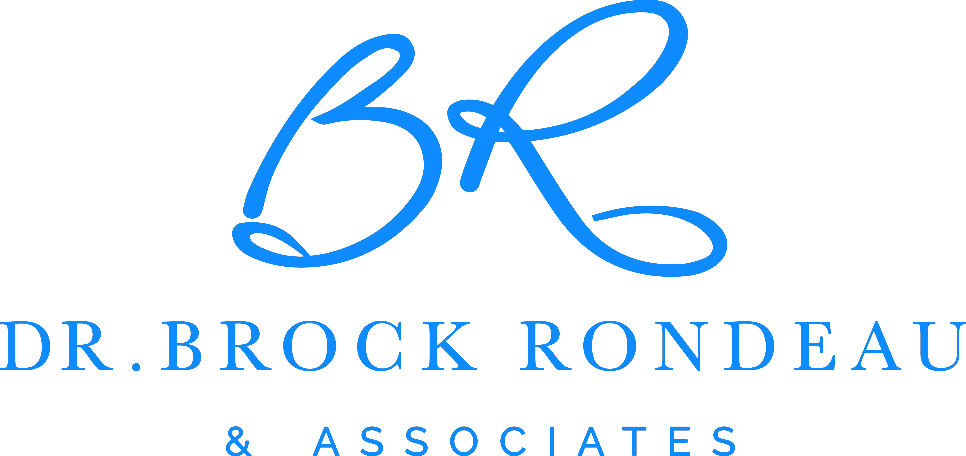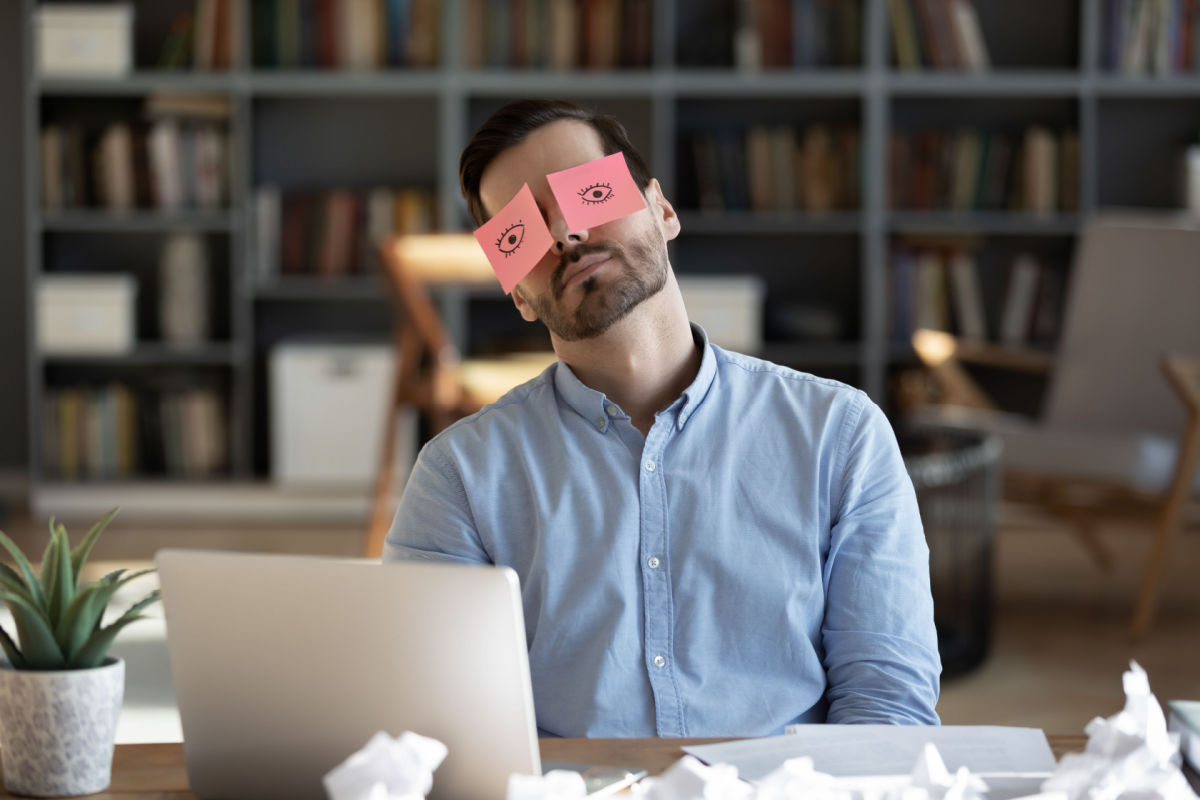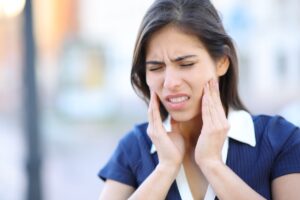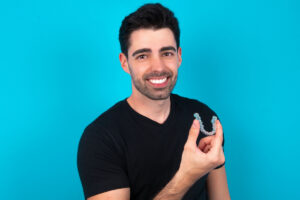A Sleep Apnea “Mouthguard” is most patients’ understanding of Sleep Dentistry.
While treating sleep apnea with a “mouthguard” is definitely a part of it, there’s a lot more to Sleep Dentistry than just treating sleep apnea with orthodontics– or a sleep apnea mouthpiece or mouthguard, or snoreguard, or sleep apnea treatment without cpap, or whatever other name you know it by.
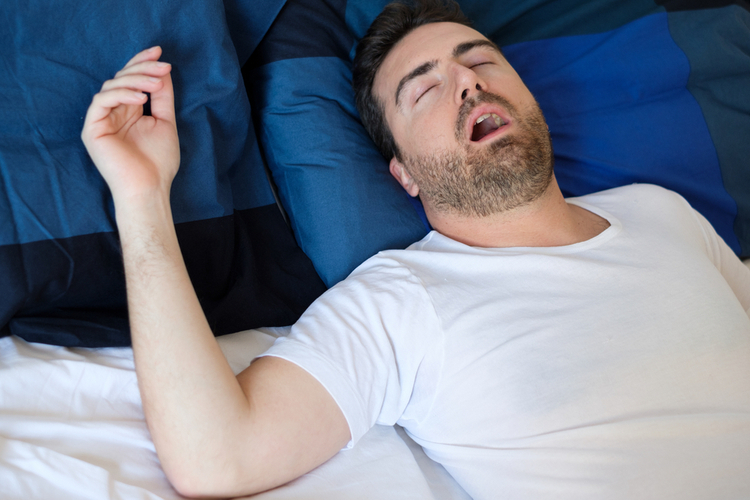
Identification
Think about it. Who spends more time staring at your airway than your dentist and their staff?
You don’t even look in your own mouth for more than a few seconds at a time, and that’s only when you’re checking to see how badly that pizza burned your hard palate (the roof of your mouth).
Studies published by the US National Library of Medicine show Obstructive Sleep Apnea causes physical damage to tissues of the upper airway. These signs are easily observable by Dentists with proper training. They can be as obvious as redness or enlarged tonsils, but there are many other specific indications dentists can see.
To keep it overly simple, they mostly revolve around a crowded oropharyngeal space. The oropharynx being the part of the throat behind the mouth.
Diagnosis
It’s outside the scope of dental practice to diagnose sleep apnea or interpret the results of a sleep apnea screening test aka “Sleep Study.”
But according to the American Academy of Dental Sleep Medicine, most State Dental Boards allow dentists to write prescriptions for a diagnostic sleep test, which are now commonly done in a patient’s home.
This AADSM document gives state by state opinions of state dental boards in the US on a dentist’s role in prescribing diagnostic sleep studies.
In fact, dentists play a vital role in monitoring patients for a condition like OSA. Although it has a serious impact on overall health, 80% of OSA cases are still undiagnosed, according to the American Medical Association.
Education
During many visits, the amount of time a patient actually spends with their medical doctor or their staff can be mere minutes.
Patients can spend hours in a medical office, but most of that time is in the waiting room or alone in an exam room also waiting. A UChicago Medicine study shows that medical doctors would need more than 24 hours each day to properly address all the health issues patients are facing.
During a dental visit, there’s no shortage of close up time. And because the distraction of conversation is difficult at best, dentists often find themselves as the first line of defense in identifying OSA. For many patients, it’s their only opportunity to discuss the risks, signs, symptoms, or treatments of Obstructive Sleep Apnea.
Treatment
There’s a more detailed article on Why Oral Appliances Work to Treat Sleep Apnea, but the quick version is:
An oral appliance holds the lower jaw in a forward position, keeping the airway open. This allows continued breathing throughout the night.
In some cases, oral appliance therapy can bring the frequency of apnea events (when you stop breathing) all the way down to be considered within normal limits.
Of course there’s a lot more information about Sleep Apnea and Oral Appliance Therapy throughout this site, including some great videos. And obviously, Dentists who are properly trained in Sleep Apnea and the devices that treat it, are an excellent source of information as well.
Sleep Dentistry Training
It’s important to know the vast majority of dentists did not have a course on sleep medicine in dental school. An increasing number of dentists are becoming trained in sleep dentistry every year.
So be sure to find a properly trained dentist.
Sleep Apnea treatment is one of the most popular classes at many dental conventions and there are an ever growing number of Sleep Dentistry courses including those Dr. Brock Rondeau has been teaching for many years.
If you are looking for a sleep Dentist, don’t forget that Rondeau Associates is here for you.
